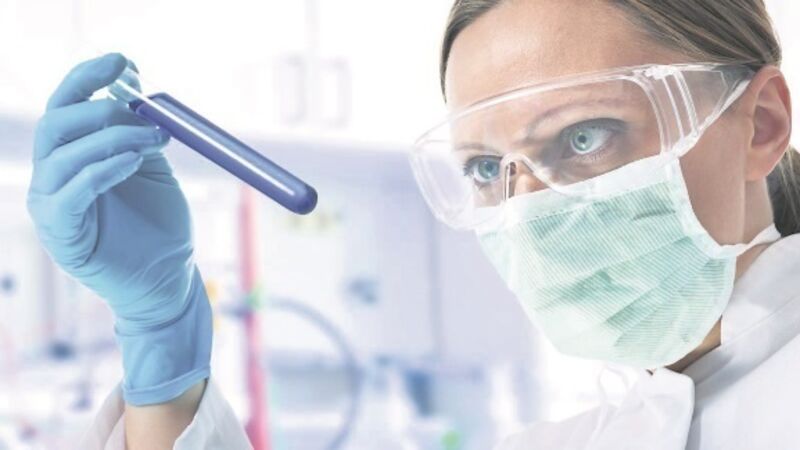Pandemic fears: Antibiotics prove ineffective as new superbugs are now biggest global threat

Researchers identified a gene that makes infectious bacteria such as Escherichia coli (E.coli) highly resistant to polymyxins, the last group of antibiotics left after all others have failed.
The discovery in China, described as “extremely worrying” by one scientist, suggests the gene can easily be transferred to bacteria with the potential to cause epidemics.












